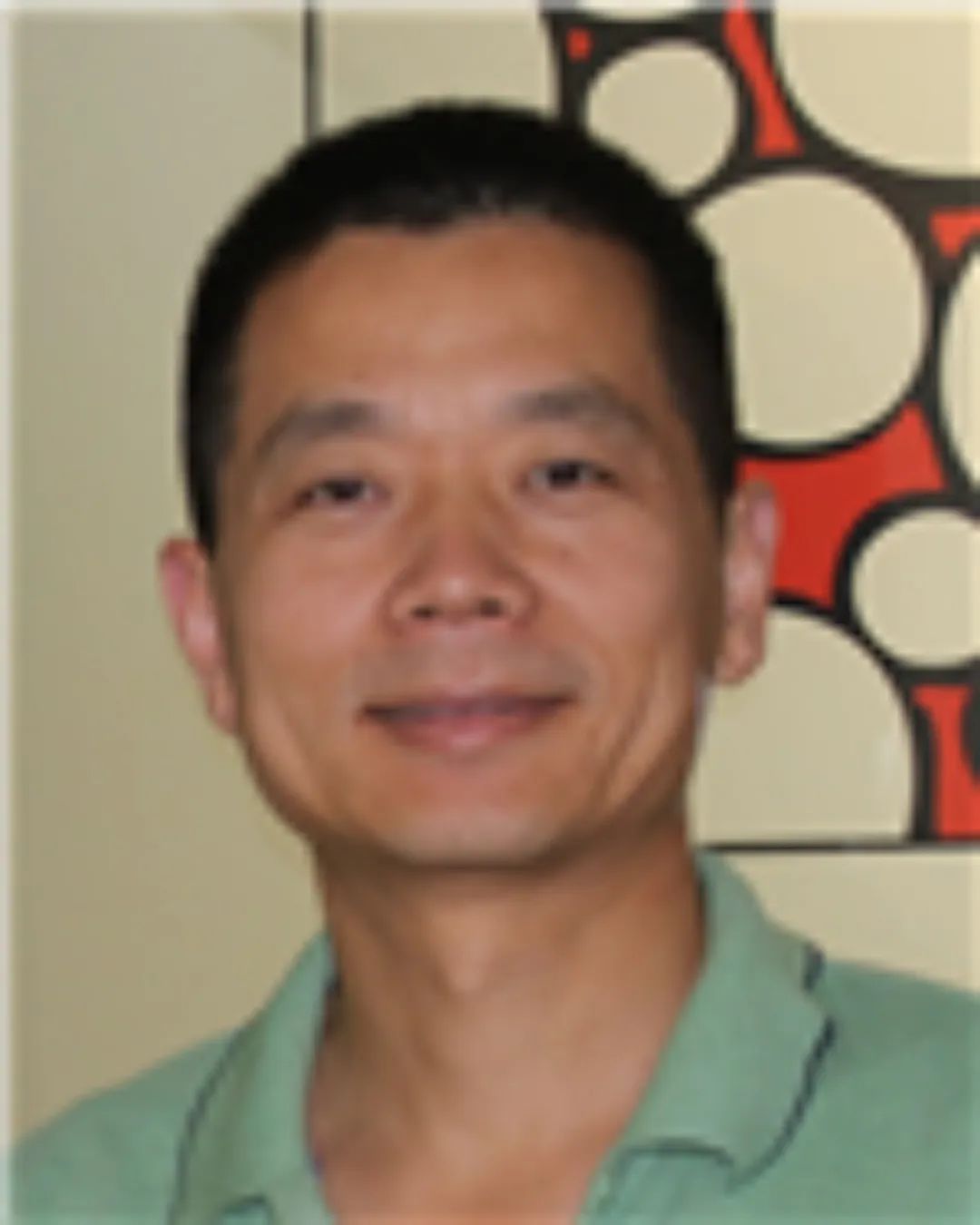国际学术研讨会 | ICRl seminar on resilient geotechnical infrastructure
发表于: 2025-04-091、Introduction
The primary goal of this seminar is to foster collaboration and explore synergies between invited institutes in addressing challenges related to geotechnical risk assessment and infrastructure resilience through Al-driven methodologies.
The seminar will feature a three-hour session, beginning with a welcome address and an introduction to the International Joint Research Centre for Resilient Infrastructure (lCRl).This will be followed by presentations from invited speakers, highlighting their research groups, ongoing studies, and future directions in Al applications for geotechnical engineering.
We warmly invite researchers and professionals interested in this evolving field to join us in exchanging insights and advancing collaborative efforts.
2、Lecture Information
Seminar Date: April 14,2025
Time: 14:00-17:00 (Shanghai)
Tencent Meeting lD:702-330-008
Meeting Place: Room 201,Geotechnical Building, Tongji University, China
Seminar Chair: Prof. Hongwei Huang
Director of ICRl, Tongji University
3、Seminar Session
Invited lecture1:
Title:
Slope stability analyses: from factor of safety to quantitative risk assessment
Time:
14 April 2025 (Monday) 14:00-15:20
Lecturer:
Prof. Jisong Huang, College of Engineering, University of Newcastle, Callaghan, NSW 2308, Australia

Jisong Huang's Resume:
Jinsong Huang is a professor at the Discipline of Civil, Surveying, and Environmental Engineering at the University of Newcastle, his research focuses on risk assessment in geotechnical engineering and computational geomechanics. He has published over 200 journal papers on topics including slope stability, landslides, spatial variability modeling, elastoplastic models, granular media contact dynamics, hvdraulic fracturing analysis, and predictive maintenance for railway tracks. With an H-index of 54 in Scopus, he attracts over 2000 citations annually. His contributions to risk assessment, particularly in slope stability and landslides, earned him the title of &"Field Leader&" in Environmental Geological Engineering by The Australian's Research 2020 magazine. Huang received the Regional Contributior Award from the International Association of Computer Methods and Advances in Geomechanics (2014) and the GEOSNet Award from the Geotechnical Safety Network (2017). He serves as a managing edito for Georisk and is on editorial boards for Geodata and Al, Canadian Geotechnical Joumal, and Computers and Geotechnics. He is a committee member for the ASCE Geo-Institute's Technical Committee on Risk Assessment and Management and chairs the Executive Board of the Geotechnical Safety Network. He chaired the 8th International Symposium on Geotechnical Safety and Risk in 2022.
Abstract:
Slope failures or landslides occur annually in various countries. Despite adVances in recognizing, predicting, and mitigating landslide hazards, as well as improvements in warning systems, global landslide activity continues to rise. Uncertainty is a prevalent feature in all landslides, arising at various stages--from climate data like rainfall, to infiltration rates, site characterization, material properties, analysis, design, and consequence assessment. Traditional geotechnical analysis often fails to account for these variabilities directly. Instead, &"average&" or &"pessimistic&" properties are assumed across the entire region of interest, leading to the calculation of a factor of safety that is commonly used to quantify slope stability. This single factor of safety encompasses all uncertainties. The primary aim of this plenary lecture is to advocate for quantitative risk assessment approaches in slope stability analyses. These approaches utilize site investigation data directly in stability analvsis, rather than converting the data into parameters for use in traditional methods. By integrating finite element methods, random field theory, Monte Carlo simuations, and machine learning algorithms, these approaches provide more data-informed, quantitative assessments of slope stability risks.
Invited lecture 2:
Title:
Synergies between large language models and knowledge graphs
Time:
14 April 2025 (Monday) 15:30-16:50
Lecturer:
Prof. Haofen Wang, College of Design and Innovation, Tongii University, Shanghai, China

Haofen Wang's Resume:
Wang Haofen is a Distinguished Research Professor and doctoral superyisor at Tongji University under the &"Hundred Talents Program.&" He serves as the rotating chair of OpenKG, the world's largest Chinese open knowledge graph community, He has led more than 10 national Al proiects and published over 100 high-quality papers in artificial intelligence. His groundbreaking work includes developing the world's first interactive virtual idol, &"Amber Virtual Face,&" and creating an intelligent customer service robot that has served over one billion user interactions. Currently, he holds several academic positions including Vice Director of the Terminology Committee and Secretary-General of the Natural Language Processing Committee as a Council Member of the China Computer Federation. He serves as a Council Member of the Chinese Information Processing Society, where he also contributes as a Member of the Steering Committee of the Large Model Committee, and Deputy Secretary-General of the Language and Knowledge Computing Committee. Additionally, he is a Standing Commitee Member of the Large Model Committee of the China Command and Control Society and Vice Director of the Natural Language Processing Committee of the Shanghai Comnuter Society, further demonstrating his signifcant infuence in the field of Al and computational linguistics in China.
Abstract:
2024 marks the foundational year for synergies between large language models and knowledge graphs. Large models, with their exceptional comprehension, few-shot learning, and generalization capabilities, help knowledge graphs overcome extraction and integration bottlenecks, enhancing data accuracy and comprehensiveness. Conyersely, knowledge graphs provide symbolic logic verification through real-time knowledge retrieval and rule constraints, forming dvnamic memory systems that improve decision reliability in medical diagnosis, investment analysis, and goverment services. This bidirectional breakthrough has created a neural-symbolic integration architecture, fusing generative knowledge injection with formal verification. The evolution follows three stages: currently, pretrained models empower knowledge engineering through cognitive distillation of unstructured data; mid-term developments will feature reasoning models like o1 and DeenSeek-R1, implementing multistep logical reasoning and forming &"generation-verification-correction&" loops; long-term, knowledg graphs will support hybrid intelligent systems, enabing miisecond-level decisions in real-time scenerios and serving as knowledoe repositories for continuous learning. This talk offers strategic insights into their co-evolution, integration frameworks, and applications across industries.